Our memory cards are absolutely essential to our photography, and should anything happen to one, we run the risk of losing valuable memories. Yet the average photographer tends to treat memory cards in a pretty cavalier manner, taking for granted that they will simply keep on working and safely storing images. Fortunately in most cases they do simply keep working. However, file corruption is always a possibility. I have memories of setting out on a four-day hike away from civilization, and on day one a friend’s only memory card failed.
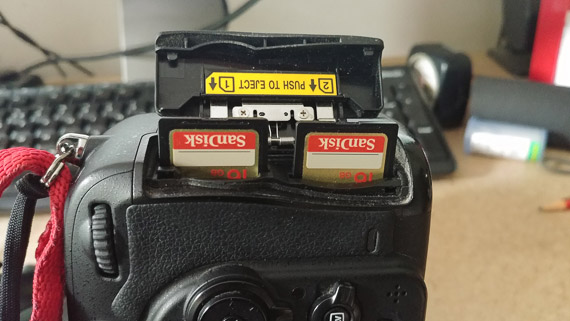
Of course, there are a number steps we can take to look after our memory cards better. Some photographers might debate about the necessity of these steps, but I just take a practical view – they’re my memory cards and I’ll do all I can to look after them. And it’s really easy!
1) Format your new card.
Before using your new card it’s necessary to format it in your camera first. This step is essentially a technological handshake between your card and your camera. It helps make sure that each one understands the other perfectly when setting up the file systems on the card.
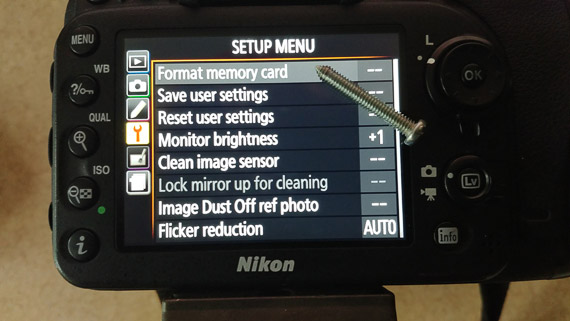
2) Format instead of erasing.
Erasing individual images on the fly in your camera is not a good idea. It’s possible to mix up the file system on your card and make it less efficient. It’s also much better to delete photos on your computer after you have downloaded them. That way you can really see what you’re about to erase. You might accidentally delete a gem if your only view of the file is on the small camera display. Once you have downloaded the files, format instead of erasing. Erasing could actually leave remnants of electronic debris on your card.
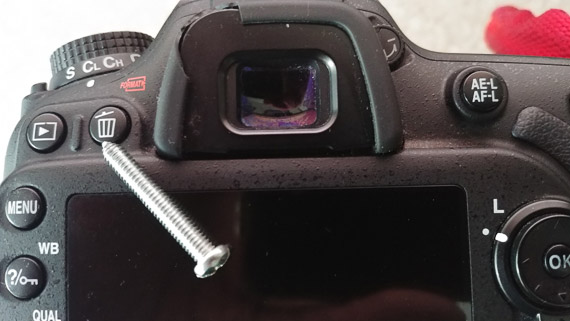
3) Different camera? Format your card.
Once again formatting is important to do – in this case, before using it in other cameras. Using a partly filled card in a different camera may mix up the file systems.
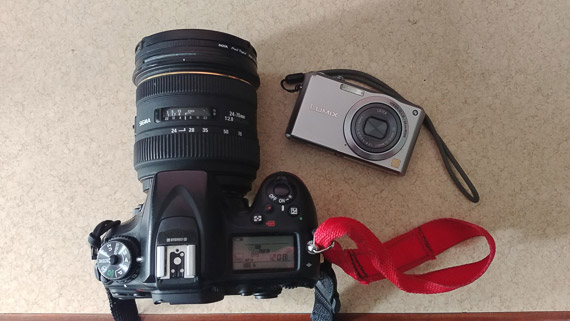
4) Don’t fill your card 100%.
You especially don’t want to ‘overshoot’ as your card will struggle to find space and writing efficiency may drop.
5) Give your camera time.
Your camera writes files to a buffer before transferring them to your card. If you’ve just shot a lot of images on ‘continuous’ this may take a slightly longer time than normal. Don’t whip out your card too soon if you’re in a hurry.
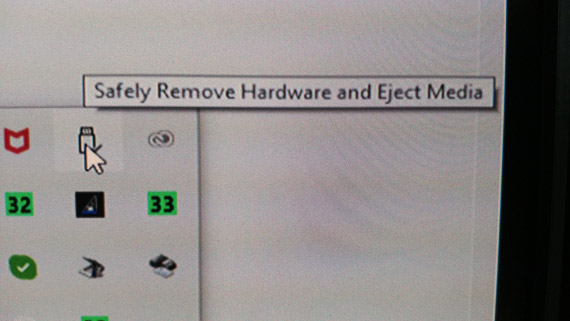
6) Use the ‘safely remove’ method.
Just as with removing your card from your camera, make sure that files you’re downloading have finished transferring before removing your card or turning off your computer. Using the ‘safely remove’ method is really a good practice!
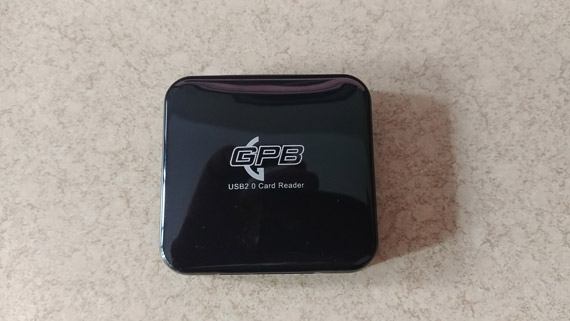
7) Use a card reader.
It’s best not to download files directly from your camera to your computer, but rather to use a good card reader. It’s much faster and you know that your camera will not run out of power mid-transfer!
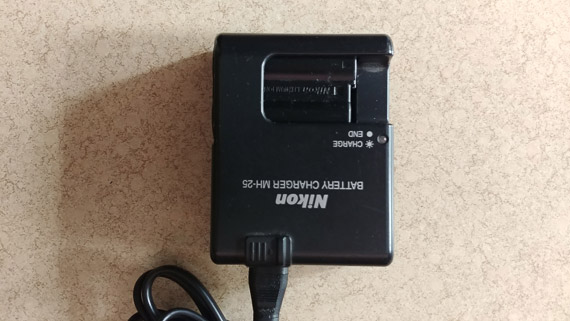
Do remember to keep an eye on your battery charge level. The vagaries of life can mean that the shot of a lifetime is transferring just as your battery dies.
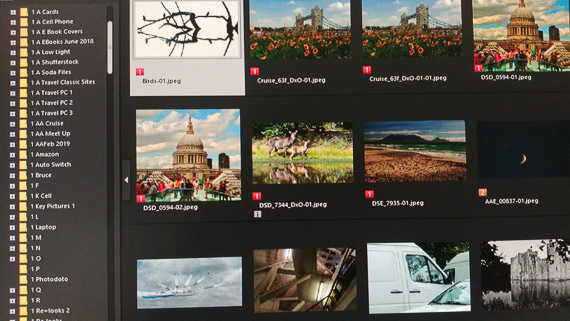
8) Check for success.
Before you format your card make certain that the file transfer has actually taken place successfully by checking the files. It’s not uncommon for some glitch to cause a problem and interfere with the transfer.
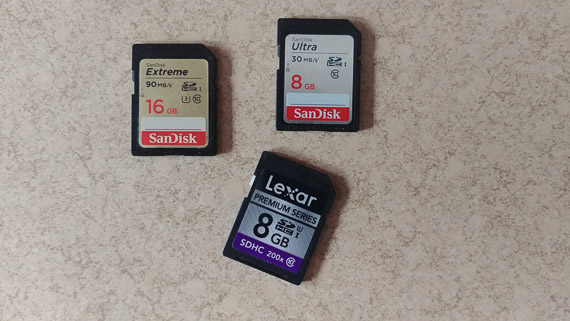
9) Use more than one card.
Unless you are shooting video it’s actually a good idea to use a few smaller capacity cards rather than one large capacity one. This means that you will not have all your eggs in one basket in the case of malfunction or theft.
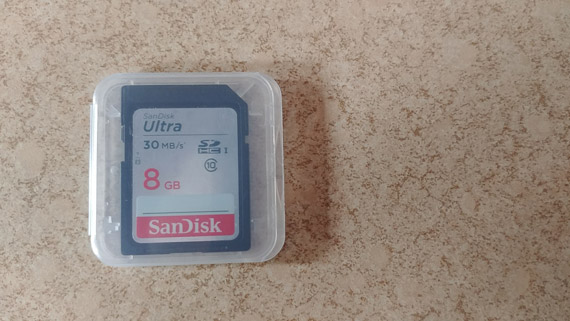
10) Use a card case.
It’s good to keep the card contact clean by keeping it in a protective case. Without this it may pick up scraps of lint from your shirt pocket.
11) Make a back up copy.
As a final thought, your downloaded files should be in two different locations before you format your memory card. Having just one copy with no back up copy is really playing with fire. Remember there are only two types of people – those who have had hard drive failure and those who are going to have hard drive failure!
About the Author:
Roger Lee is a Johannesburg-based photographic trainer and cruise ship Photographic Workshop Host. He runs a “Enjoy Your Camera” course and has eBooks for people who don’t want to drown in detail just take good images at www.camerabasics.net.
Go to full article: Memory Card Handling Tips for Photographers
What are your thoughts on this article? Join the discussion on Facebook
PictureCorrect subscribers can also learn more today with our #1 bestseller: The Photography Tutorial eBook
The post Memory Card Handling Tips for Photographers appeared first on PictureCorrect.
from PictureCorrect https://ift.tt/2UC64CD
via IFTTT






0 kommenttia:
Lähetä kommentti